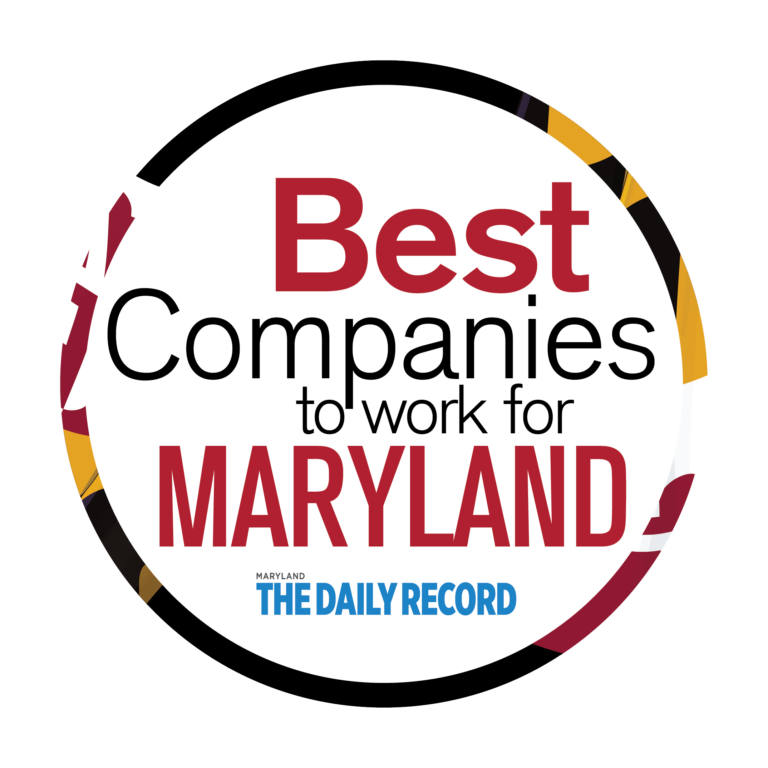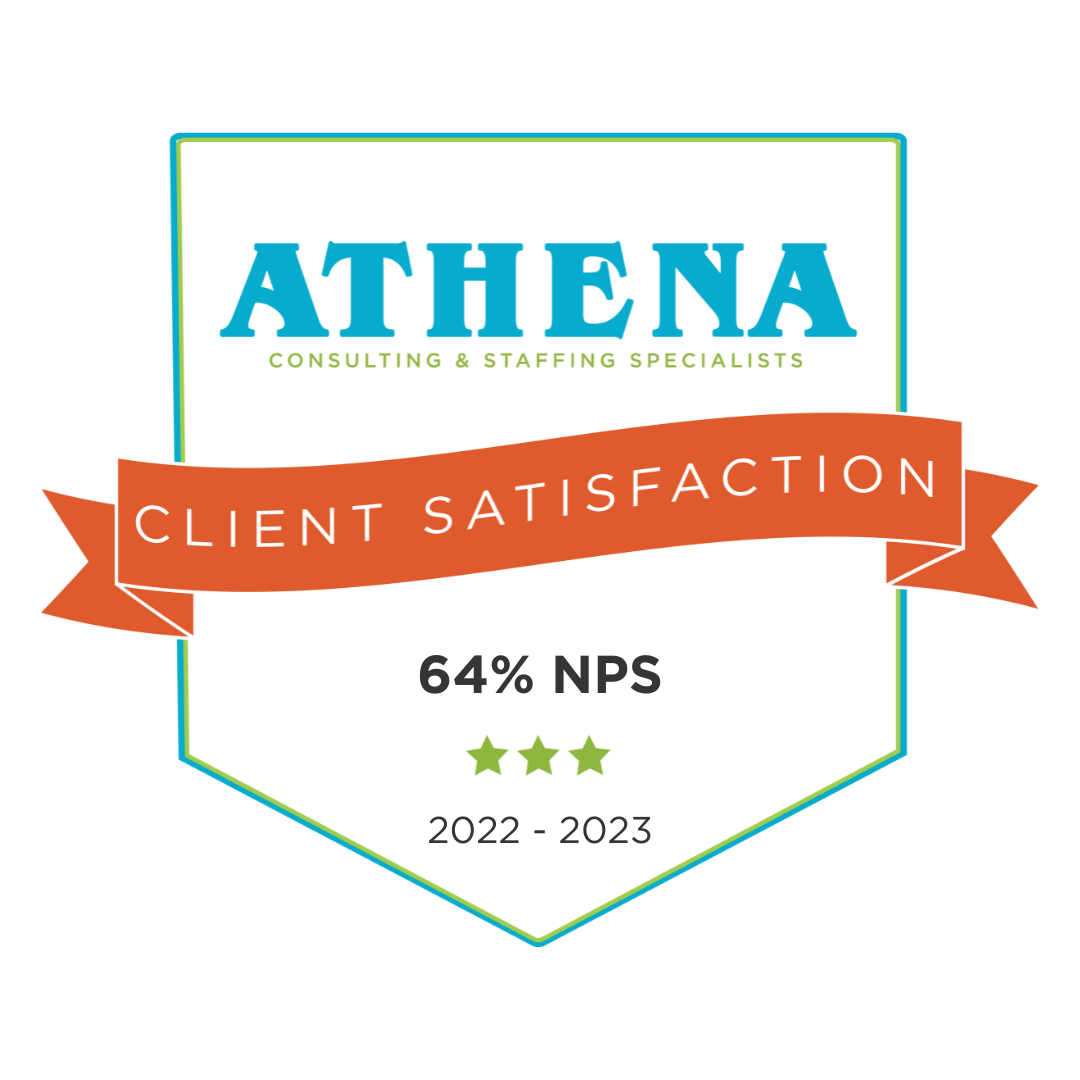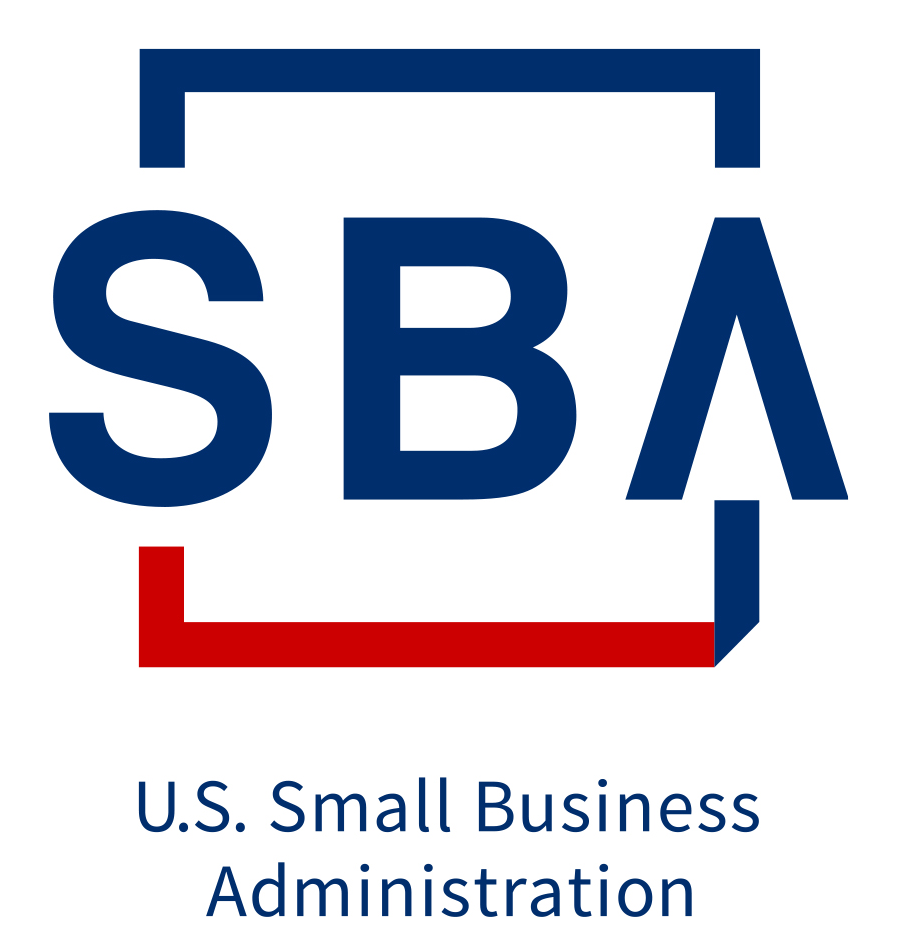Artificial intelligence (AI) continues to reshape industries and secure its place in the workforce. The speed in which it has evolved should be a guide to how employers must react and enforce policies that mitigate potential risks. This technology can be helpful with data analysis, decision-making and can increase productivity, among other benefits. But AI also has its pitfalls that are a necessity to address.
This also isn’t the first time that companies have had to address online policies, with the rise of social media creating certain guidelines for professional use. Keep reading for tips on how to make the integration of AI in the workplace responsible, ethical, and effective.
What does AI in the Workplace Look Like?
AI in the workplace can manifest in a variety of ways. Generative AI is a main tool being used by organizations with products such as ChatGPT, Google’s Bard, or Microsoft’s Bing. AI has been around for years in more simple versions such as chat boxes or autocomplete functions. What’s different about generative AI is that it behaves and “thinks” like a human, with conversational responses.
Some common uses of AI in the workplace are automated tasks and processes such as data entry, invoice processing, data and predictive analysis, customer service, drafting communications and correspondence, and even creating marketing campaigns based on customer preferences. AI has also been used in recruitment practices. Several states are even drafting laws to regulate this practice.
Click here to learn more about AI hiring laws. It is important to understand that generative AI is constrained by the data used to train it. This means it can be biased, lack contextual awareness, and lack the ethical considerations that a human could judge. Because of this, it is crucial to have a strong strategy for AI in the workplace.
Important Components to Include in AI policies:
Here are some basic guidelines to follow when creating policy regarding AI in the workplace. However, companies should tailor its policy to meet its unique goals.
- Define what AI in the workplace looks like in your company. Then identify what all the potential uses and implementations of generative AI would look like. Make sure that this definition is updated frequently. This might include identifying permissible applications or tools as well as identifying the ones that are not allowed.
- Create a hierarchy of risks associated with each task. For example, data entry might have less of a risk than marketing campaigns so there is less need for oversight.
- Data privacy should be a top concern. Understand that many of the generative AI tools are public tools, so safeguarding against data collecting, storage, and sharing is crucial. Also, preventing employees from inputting any sensitive data, whether that be personal, or company related, into any generative AI platform is a good place to start.
- Stay up to date on legal regulation regarding AI in the workplace.
- Copyright concerns also need to be addressed as generative AI tools gather information for their responses from the internet so the phrasing or idea could be from protected sources. Double check all responses, especially if using AI for company content, for any copyright concerns. This can also help keep information up to date.
We hope this article has been helpful and provides a starting point for key AI considerations in drafting your own policies. Learn more about generative AI here.
If you have any staffing needs now or in the future, please don’t hesitate to contact us.









